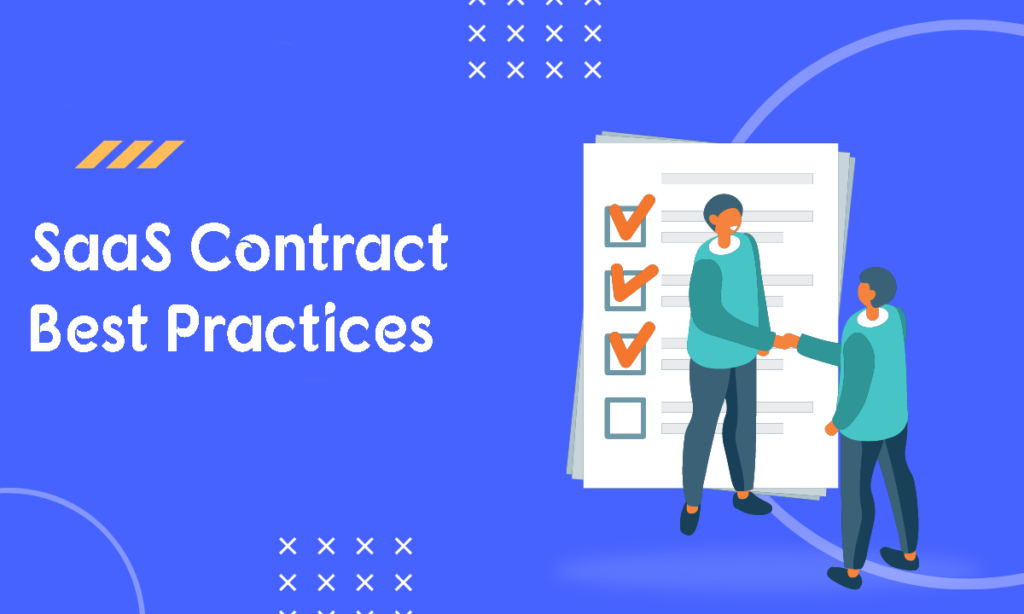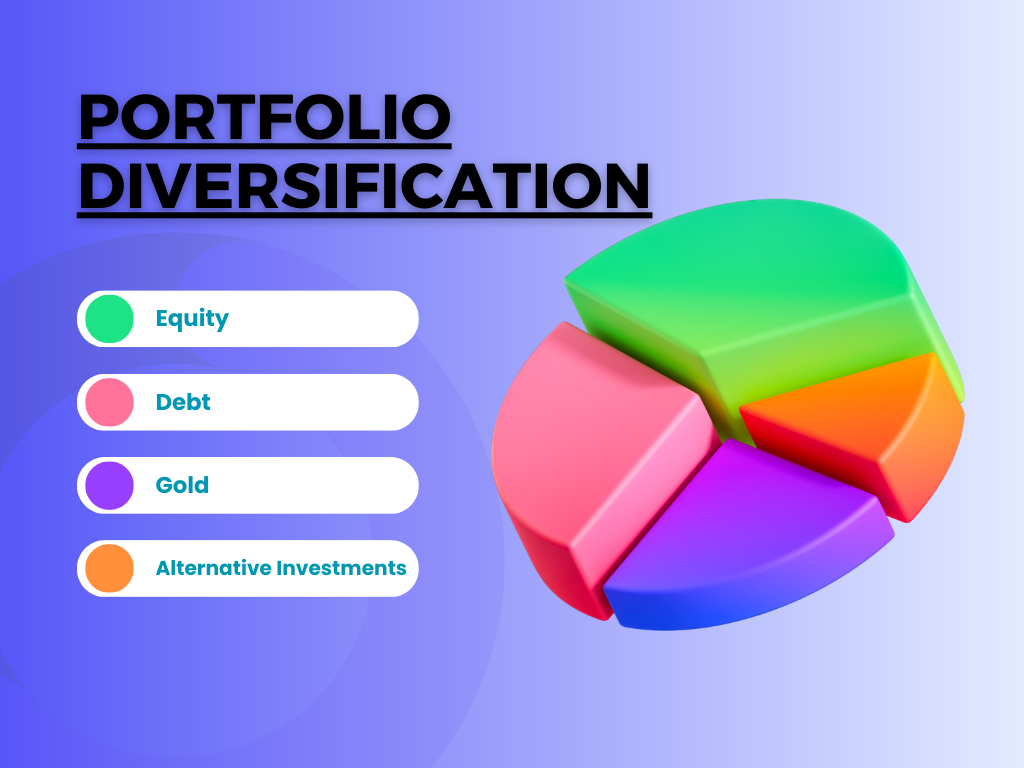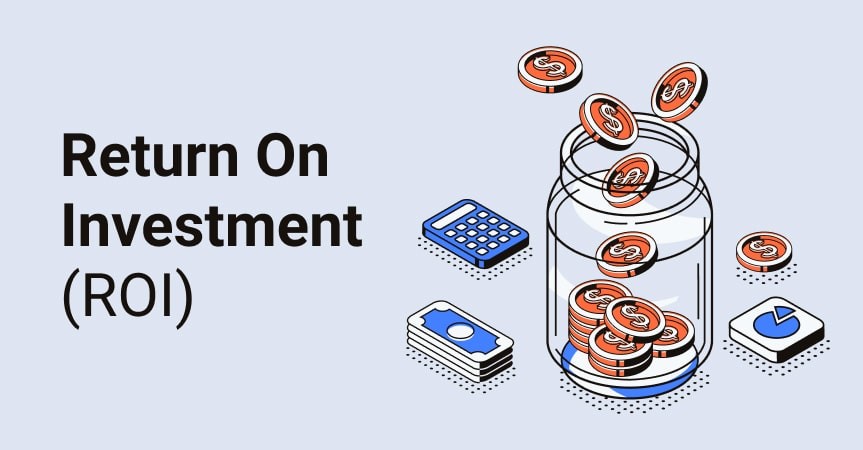How much do you know about SaaS contract best practices? Think of SaaS contracts as a wild goose chase, where the prize is your company’s financial health and data protection. You might think it’s all smooth sailing until unexpected costs creep in, or worse yet, critical infrastructure suffers from a lack of business continuity planning.
In this fast-paced world of growing companies and expanding software solutions, being on top of your game when it comes to managing these contracts is crucial. But how can we ensure that?
This post will be your guiding star, shedding light on topics like multi-year agreements negotiation strategies, disaster recovery measures in SaaS agreements, account management tips for optimal spend stakeholders communication, and more. All while emphasizing the importance of SaaS contract best practices.
With the insights from our expert guide, you’ll be more than ready to tackle what once seemed overwhelming.
Understanding SaaS Contracts
A SaaS contract, or Software as a Service agreement, is a critical component in today’s digital business world. It lays the foundation for how businesses use and pay for cloud-based applications.
The average enterprise business maintains about 664 SaaS applications – but did you know organizations typically underestimate this number by two to three times? That’s like thinking you have one goose when actually there are three on your hands. This misjudgment can lead to costly surprises and wasted resources, which is why understanding SaaS contract best practices is so crucial.
The Importance of Accurate Identification of SaaS Applications
To avoid this wild goose chase, it’s vital to accurately identify all SaaS applications in use. And that doesn’t just mean knowing their names; understanding the specifics laid out within their respective contracts is equally important. These documents cover details from payment terms and data protection policies, right through to disaster recovery plans.
Your company scale may affect these agreements too – smaller growing companies often get different conditions compared with larger enterprises dealing with an account manager at a major SaaS provider.
Sometimes identifying product overlap between multiple services could save costs or streamline operations while avoiding duplication efforts among building teams across departments. Imagine having five email addresses when one would suffice.
Negotiating SaaS Contracts: The Fine Print Matters
Familiarizing yourself with current spend stakeholders can give you a high-level overview before negotiating SaaS contracts so you don’t end up paying more than expected spend. Also, be aware that multi-year agreements may offer cost benefits over time if they match your future growth predictions for usage patterns of certain software solutions or management platforms offered by various SaaS providers.
Don’t let your business fall into the SaaS trap. Misjudging your #SaaS apps can lead to costly surprises. Get to know every detail, from payment terms to data protection policies. Remember, size matters – smaller companies often get different conditions than larger ones. And always keep SaaS contract best practices at the forefront of your considerations.
Key Elements of a SaaS Contract
SaaS contracts can be intricate, with key components that require careful attention. Understanding these elements is vital for effective management and negotiation. And, of course, always refer back to SaaS contract best practices to ensure you’re on the right track.
The Role of a System of Record in Contract Management
A system of record plays an essential role in managing SaaS contracts effectively. It’s like your personal assistant who keeps all contract details organized, making it easy to access and compare them when needed.
By documenting contract details such as usage limits or renewal dates within this system, you reduce the risk of overlooking crucial information. Think about it as keeping tabs on every aspect – from potential security risks to the finer print around data breach penalties. Zylo’s resource center provides valuable insights into efficient SaaS renewal management techniques using such systems.
Incorporating a comprehensive system makes sure you’re never caught off guard by an impending contract renewal or unforeseen usage limit excesses. It gives you control over each agreement’s lifecycle while also allowing room for proactive strategies like renegotiating terms before renewals kick in.
Negotiating Multi-Year Agreements: A Double-Edged Sword?
When negotiating SaaS contracts, multi-year agreements might seem tempting due to cost reductions offered by many providers; however, they aren’t always beneficial long-term. Remember that business needs evolve rapidly – especially if we’re talking about growing companies navigating digital transformation journeys.
Your current spend stakeholders might be delighted with cost savings today but remember those same decisions could result in future costs stemming from product overlap as company scale increases exponentially. So think twice before signing up for extended periods without considering possible changes down the line.
Data Protection & Disaster Recovery: Your Safety Net
Data protection and disaster recovery clauses are your safety net in a SaaS contract. These stipulations outline how the provider ensures business continuity during unexpected scenarios like data breaches or natural disasters.
Having clear expectations about these aspects makes sure that critical infrastructure remains operational, safeguarding you from potentially devastating impacts. After all, prevention is better than cure.
Your Account Manager: A Key Liaison
The job of an account manager isn’t just about sales.
Key Takeaway:
Mastering SaaS contracts means knowing the fine details, from understanding your System of Record’s role in keeping everything organized to thinking twice about multi-year agreements. It’s about protecting your data and realizing that an account manager isn’t just a salesperson but a vital link in successful contract management.
Negotiating SaaS Contracts
Getting the best deal on your SaaS contracts is more art than science. It’s a dance between you and the sales rep, each with their own goals.
Negotiating Enterprise Contracts vs. Click-Through License Agreements
The difference between an enterprise contract and a click-through license agreement can be vast, especially in terms of protections offered to users.
A whopping 50% of all SaaS applications in enterprise IT environments are employee-purchased applications which usually come with simple click-through agreements. But these may not offer the same security or benefits as negotiated enterprise contracts do.
An essential part of negotiation involves understanding what you’re agreeing to. Take time to read through both types of contracts carefully before signing anything. Make sure that every clause aligns well with your business model and current needs.
It might feel like a wild goose chase at times, but remember: it’s about safeguarding your company’s interests while ensuring seamless use of critical infrastructure provided by the saas provider or providers involved.
You need to know when (and how) to push back against certain clauses in respective contracts from various saas companies during negotiations too.
Getting the best SaaS contract isn’t just a dance, it’s a strategic art. Did you know 50% of enterprise IT apps are employee-bought with simple click-through agreements? Yet, these don’t always offer the same protections as negotiated contracts doClick to Tweet
Best Practices for SaaS Contract Management
The world of Software as a Service (SaaS) can be like a wild goose chase, especially when it comes to contract management. But with the right practices, you can turn this chase into an organized journey.
Getting Ahead of Renewals and Controlling Spending
Nailing down your SaaS contracts is key to avoiding future costs surprises. It’s recommended to get at least 90 days ahead of SaaS contract renewals. This practice gives you ample time to review usage reports and decide whether renewal aligns with your company scale and business model.
Besides being proactive about renewals, controlling spending is crucial too. Many growing companies fall into the trap of using credit cards for their enterprise SaaS purchases which often leads them on a complicated trail when tracking current spend stakeholders or predicting expected spend.
To make sure that doesn’t happen, use invoices instead – they offer a clear high-level overview making budgeting easier than ever before.
Data Protection & Business Continuity Plans in Contracts
A good practice is ensuring robust data protection clauses are part of your respective contracts. After all, these applications become part of our critical infrastructure and any breach could spell disaster. So always ask questions about security measures taken by the SaaS provider during negotiating Saas agreements phase.
Your agreement should also include detailed disaster recovery plans outlining how they will ensure business continuity in case things go south – because let’s face it sometimes they do.
Finding Value In Multi-Year Agreements
You might think sticking with annual agreements offers flexibility but have you considered multi-year ones? Not only do such long-term commitments give stability but also they often come with enticing price discounts.
Before making any commitment, be sure to assess if the SaaS solution will meet your needs for the long term. It’s a bit like building teams – you don’t want too much product overlap or redundancy.
Assign an Account Manager
Finally, it’s key to appoint an account manager for each of your SaaS subscriptions. They’ll kick-start the organization and management of products and co-marketing.
Ensuring Security and Compliance in SaaS Contracts
Data security is a key aspect when dealing with SaaS contracts. It’s not just the tech or systems that your SaaS vendor employs, but also how they would manage any potential security issues.
The first step to ensuring data protection starts with choosing a reliable SaaS provider. A reputable company will have robust disaster recovery measures in place. They would typically use advanced encryption methods to protect sensitive information like your email address and other critical data.
A secure SaaS platform should have strict internal security protocols too. It should restrict access based on roles and need-to-know basis, thereby minimizing the risk of accidental exposure of confidential information.
The Role of Account Manager in Data Protection
Your account manager plays an important role here as well – being your primary point of contact with the vendor for any questions related to contract terms or concerns about privacy policies.
Don’t hesitate to reach out to your account manager with any questions or concerns about the contract terms or privacy policies. Remember, clarity now can prevent disputes later.
Click-Through License Agreements vs Negotiated Enterprise Contracts
Another thing worth noting is that click-through license agreements for employee-purchased applications may not offer the same protections as negotiated enterprise contracts (#).
This means if an individual from your team decides to purchase a software solution without going through proper channels (we’ve all been there.), it might leave some gaps in compliance coverage compared to deals struck at an organizational level by skilled negotiators familiar with these processes.
Prioritizing CLM Software For Contract Management
Incorporating contract lifecycle management (CLM) software into your business model can help ensure security and compliance. This tool helps to track the terms of contracts, alerts for renewals or breaches, and provides a high-level overview of all your SaaS agreements in one place.
It’s like having a dedicated team watching over every single contract round-the-clock. The software gives you peace of mind that nothing slips through the cracks (#).
Key Takeaway:
Getting the right SaaS contract isn’t just about top-notch tech. It’s also about data protection, having a savvy account manager, and using proper negotiation tactics. But don’t forget – your best friend in managing these contracts could be Contract Lifecycle Management software.
Maximizing Value and ROI in SaaS Contracts
Gaining the full advantage from your SaaS agreements is not just about economizing. Gaining the full advantage of SaaS agreements goes beyond just saving money; it’s about recognizing how to use these services to promote business progress.
Your SaaS applications are critical infrastructure, like gears in a well-oiled machine. They need to be managed carefully for optimal performance. Stellar management can drive millions of dollars of value to your company.
To start with, consider having a dedicated account manager. This person will keep an eye on current spend stakeholders, future costs, expected spend and more – essentially acting as the guardian of your software license-based contract treasure trove.
Negotiating Multi-Year Agreements
“A penny saved is a penny earned.”
This saying holds true when it comes to negotiating multi-year agreements with your SaaS provider or providers (if you’re using several). These deals often come with discounts that single-year contracts don’t offer.
The catch? You need a solid grasp on where you expect your company scale over the agreement term – whether growing linearly or rapidly growing – so that what looks like savings today doesn’t become tomorrow’s wild goose chase due to lackluster product overlap analysis. Don’t let those saas subscriptions turn into white elephants.
Data Protection and Disaster Recovery
Sometimes it’s not just about the cost; instead, it is more about feeling secure. The best way for businesses maintaining their own customer success story is by keeping data protection top-of-mind during negotiations. SaaS contract best practices Look at provisions related to security breaches under respective contracts: they could make or break not only team members’ sleep patterns but also your business continuity.
Disaster recovery is another key factor. If a disaster occurs, will you be left on the hook? Or does your SaaS provider have plans in place to get things back up and running quickly?
Maximizing ROI
Don’t forget to add terms in your contract that boost your return on investment (ROI). Think about pushing for joint marketing activities too.
Key Takeaway:
Getting the most from your SaaS contracts isn’t just about saving money, but also using these tools to fuel business growth. Manage them carefully and negotiate multi-year agreements for better savings. Keep data protection in mind during negotiations, ensuring disaster recovery plans are solid. And don’t forget to add terms that boost ROI.
Managing Unused Subscriptions and Overage Costs
Are you shocked by unexpected SaaS costs? It’s a common problem. Often, companies have at least 25% of their top SaaS subscriptions unused. Yes, that’s money going down the drain. Plus, true-ups are another challenge in SaaS contracts.
Turning Off Auto-Renewal and Monitoring Usage
The first step to optimize your costs is turning off the auto-renewal feature for unused SaaS subscriptions. Just like cancelling an unwanted gym membership, it helps prevent unnecessary spending on software not being used.
In addition to this proactive approach, monitoring usage can reveal patterns and identify underutilized tools. Think about it as keeping tabs on your teenager’s driving habits – only with less stress.
A Gartner report suggests using invoices instead of credit cards for better control over SaaS purchases provides more transparency into current spend stakeholders.
This two-pronged strategy helps avoid surprise overage costs from sneaking up like a wild goose chase that leaves you scrambling last minute before contract renewals – we’ve all been there.
If this sounds overwhelming or akin to herding cats (because let’s face it—managing multiple Saas contracts can feel just like that), then consider employing a management platform dedicated to tracking usage and identifying product overlap across various teams within the company scale.
- You could save time spent chasing after respective contracts,
- Simplify negotiating multi-year agreements with saas providers,
- Create a high-level overview of expected future costs versus current spend stakeholders;
These benefits are especially crucial for rapidly growing companies dealing with enterprise saas solutions forming part of their critical infrastructure. After all, as the saying goes – time is money.
It’s like building teams to start organizing products and cutting out unnecessary spending on SaaS subscriptions – a surefire way of boosting your bottom line.
So, remember folks: turning off auto-renewal for unused subscriptions and keeping an eye on usage are key steps towards managing costs effectively. It’s not rocket science but more about being mindful – kind of like choosing salad over fries.
Key Takeaway:
Stunned by surprise SaaS expenses? It’s common for businesses to blow cash on unused subscriptions. Just like ditching a gym membership you don’t hit or watching your teen’s driving, stopping auto-renewal and tracking usage can help dodge these needless costs. Think about using a management platform—it’ll save time, make negotiations with providers easier, and spot any overlaps in use.
Conclusion
Navigating the world of SaaS contracts doesn’t have to feel like a wild goose chase. With our guide, you’ve gained insight into saas contract best practices that can help your business thrive.
SaaS contract best practices
Understanding is key. Understanding what’s in your contracts and why it matters, from data protection to disaster recovery measures. Understanding how effective management of these agreements impacts everything from company scale to future costs.
Preparation pays off. Be ready for negotiating multi-year agreements with providers, monitoring usage effectively, and handling renewals proactively.
Action makes the difference! Apply these insights today for better communication with spend stakeholders tomorrow.
In conclusion, mastering SaaS contract management isn’t just about surviving; it’s about strategically steering towards success!
If you want to learn more about this, sign up for my newsletter.


